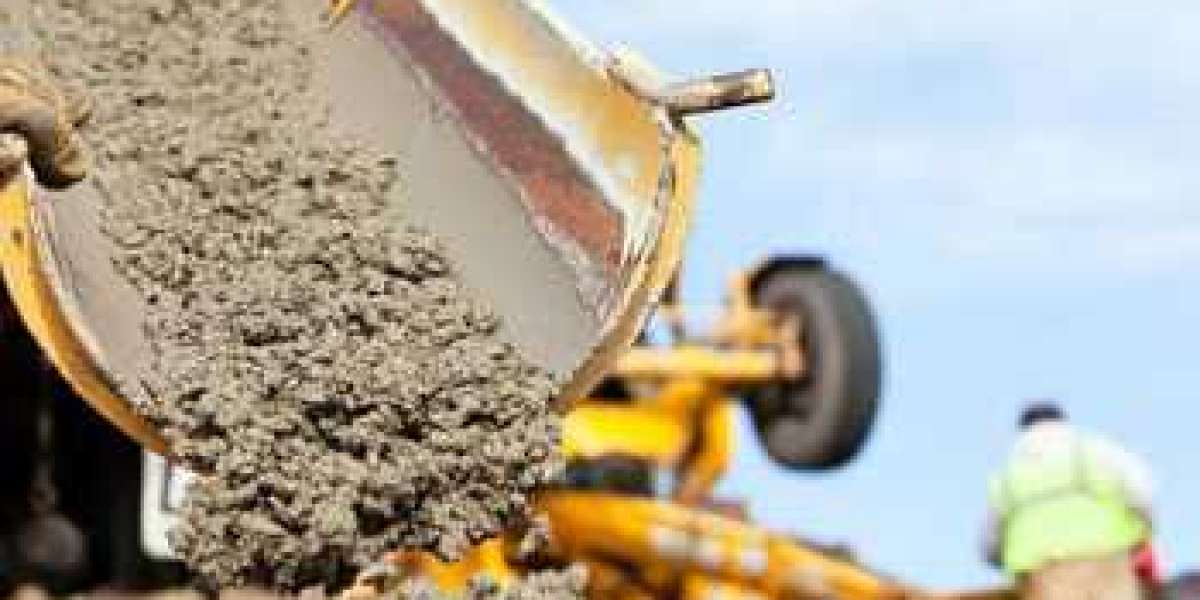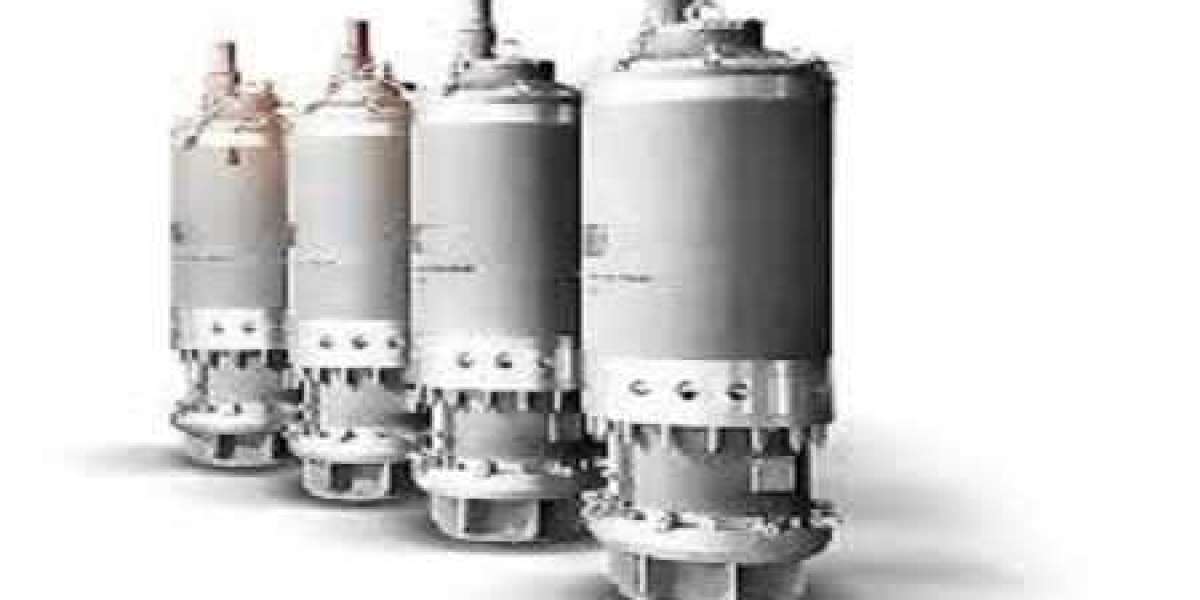The infrastructure and building sectors have always been the backbone of modern civilization, demanding continual advancements in material technology to ensure reliability and longevity. One such advancement is the use of polycarboxylate superplasticizers (PCE) in concrete mixtures. A game-changer in concrete technology, PCE has exhibited superior capabilities in enhancing concrete strength and durability.
What are Polycarboxylate Superplasticizers (PCE)?
PCEs are a type of high-range water-reducing admixture. These are chemical compounds used in the formulation of concrete to enhance its workability, strength, and durability. They were developed following the first-generation lignosulphonate and the second-generation naphthalene-based superplasticizers, with a focus on outperforming their predecessors.
How Does PCE Improve Concrete Strength and Durability?
The answer lies in the unique working mechanism of PCEs. PCEs work by dispersing the cement particles in the concrete mixture. The long molecular chains of PCE wrap themselves around cement particles, creating a physical barrier that inhibits the clumping together of particles. The dispersion results in a more uniform and compact structure, which ultimately leads to increased strength.
Durability, on the other hand, is improved through reduced water-cement ratio without compromising the workability. The dispersion effect allows for less water to be used in the mixture, thus minimizing the formation of capillary pores - a common culprit for the deterioration of concrete over time.
Applying PCE in Concrete Mixtures: A Practical Guide
The incorporation of PCE in concrete mixtures is not just about adding a certain percentage of it into the mix. It requires careful consideration of the specific requirements of the project, the characteristics of the concrete, and the type and properties of the PCE to be used.
Dosage: The dosage of PCE to be used largely depends on the required workability and strength. Higher dosages result in better workability but may lead to segregation if not handled correctly.
Mixing: PCE should ideally be added to the mix after the cement and other aggregates are already combined. This allows for optimal dispersion of cement particles.
Compatibility: The compatibility of PCE with other components of the concrete mix, especially the cement, needs to be evaluated. Some types of cement might interact with PCE, affecting the performance.
Concrete Futures with PCE
PCE has proven to be an essential tool in modern concrete technology. It's helping us build more robust, durable, and eco-friendly structures. By reducing the need for water, it contributes towards sustainability in the construction industry. Furthermore, it allows for the production of high-strength concretes that can withstand more weight and harsh environmental conditions, thus expanding the possibilities in architecture and design.
As we move into a future where sustainability and efficiency are paramount, the use of PCE in concrete mixtures will no doubt continue to rise. The challenge will be to continually optimize its performance and understand its interactions with other innovative materials. But for now, it’s clear: PCE is a valuable asset in achieving high strength and durability in our concrete structures.







